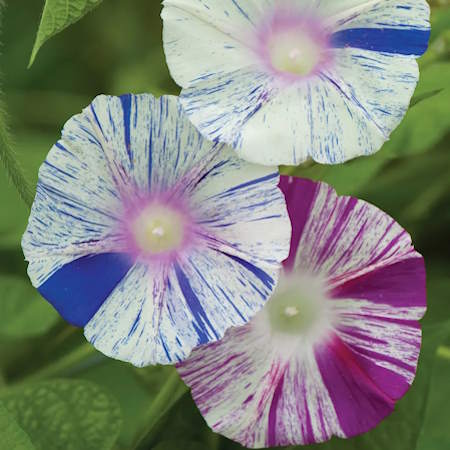How to grow morning glory from seed for a terrific display of blooms from the swift-growing vine
Why your location will influence whether it is best to sow morning glories indoors or outdoors
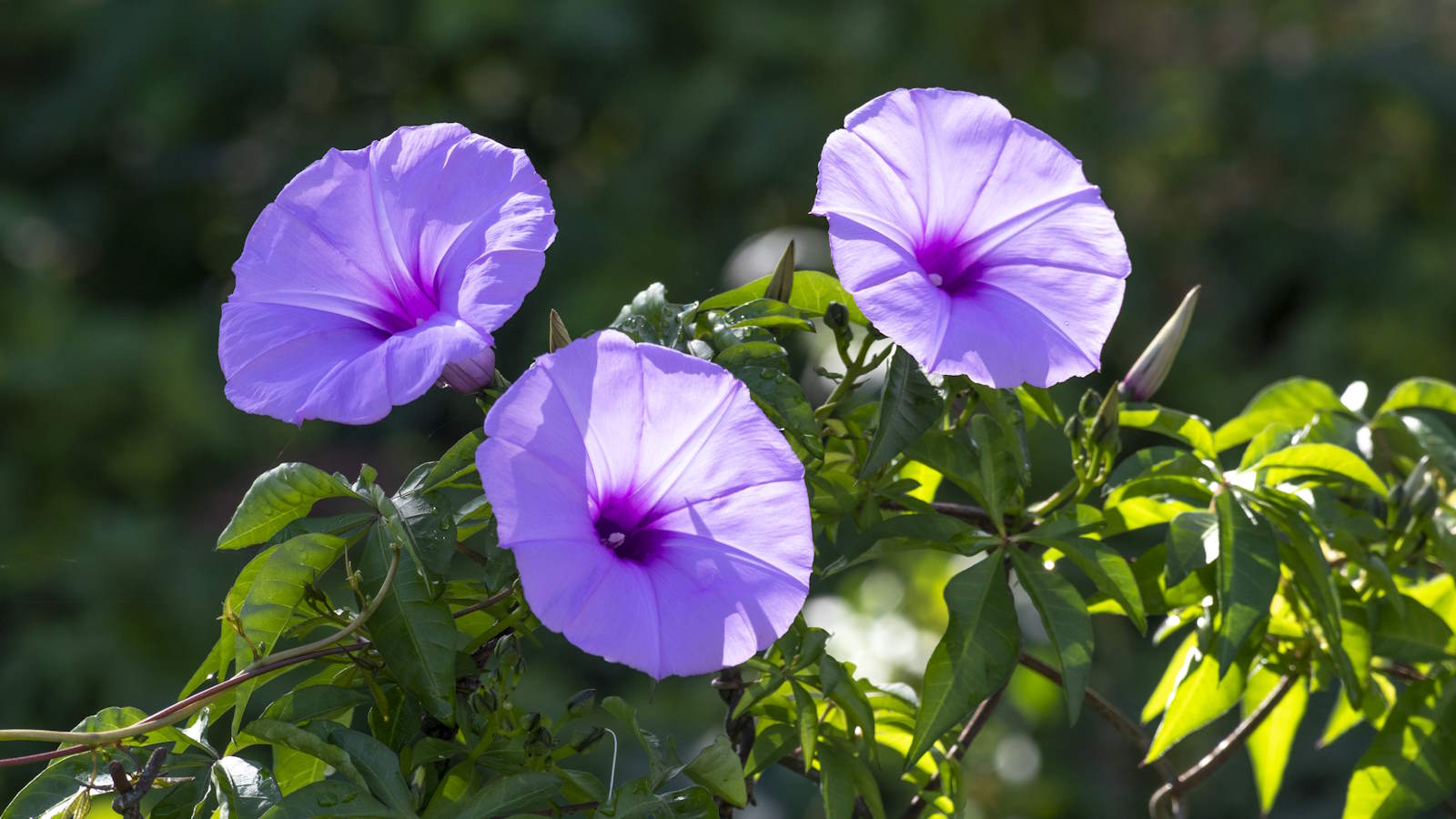

Morning glories are fantastic fast-growing flowering vines that impress with their trumpet-shaped flowers. The vine is native to Central America and its flowers, which can come in a range of colors including pink, blue, and white, are loved by butterflies and hummingbirds.
Simple to grow and easy to maintain, there is a lot to love about growing morning glories. The tender annuals can be sensitive to cold temperatures and late frosts, so when and how you grow morning glory from seed can vary depending on your location.
If you are after a climbing plant that grows quickly and can cover a fence, or a wall, or look stunning sprawling up a trellis, then morning glories may tick all your boxes. The seeds are inexpensive, easy to find, and simple to sow, and the plant can bloom right up to the first frosts.

Morning glories can grow up to 6-10 feet in one season
Discover how to grow morning glories
If you want to learn how to grow morning glory to add the popular vine to your backyard ideas, we look at cultivating these vines from seed and caring for plants throughout the season.
Whether in a flower bed or a container, morning glories can thrive and put on a great display of blooms. It should be noted that morning glories are toxic to dogs, cats, and humans.
How to grow morning glories from seed
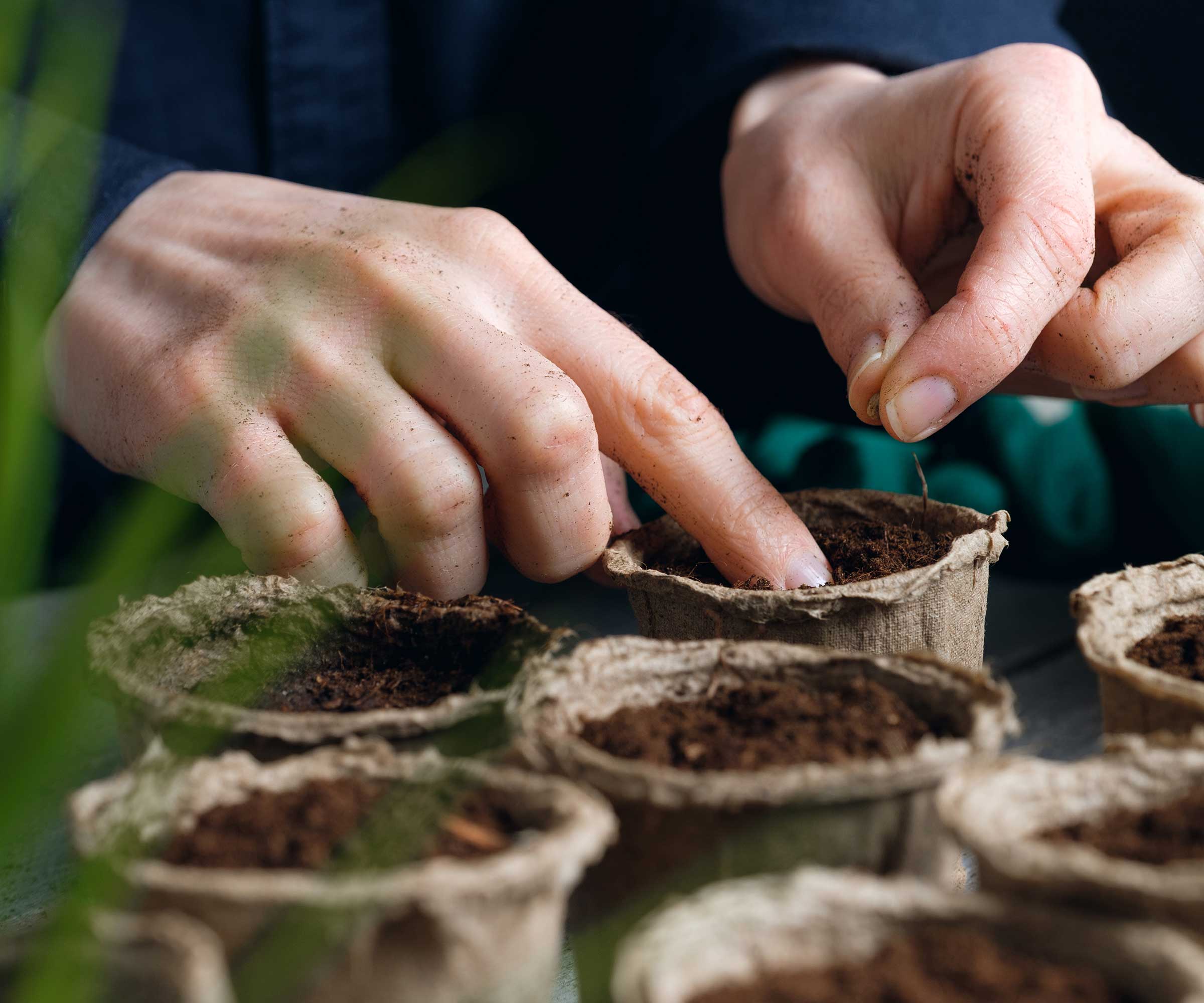
Morning glory seeds have a hard coating
Morning glories have a long growing season and it can take over three months to go from sowing the flower seeds to seeing the first bloom. It means where and when you sow will depend on your US hardiness zone and growers in colder climates will benefit from starting the flower seeds indoors to get ahead of the season.
Wherever you sow morning glory seeds, you can speed up the germination by nicking the seeds’ hard coating and soaking them overnight in warm water. The best way to nick the seeds is by using a file to break the hard outer coating.
To sow seeds indoors in early spring, start 4-6 weeks before your last frost. Fill trays or pots with potting soil to start seeds in and cover your seeds with a quarter of an inch of soil. Place in a heated greenhouse or on a warm windowsill where the seeds can get temperatures of 65-85˚F and keep the soil moist, but not waterlogged.
The seeds should germinate quickly and the seedlings can be grown on in a warm and protected environment. They want to be transplanted into individual pots to grow on ahead of being planted outside, after a period of hardening off, after the last frosts.
If you live in a warmer climate you can sow seeds outdoors once the risk of frost has passed for your location. Clear and prepare the ground thoroughly and, after nicking and soaking the seeds, plant them six inches apart and cover them with a quarter-inch of soil.

Each morning glory will have giant, uniquely marked flowers that often measure three inches across.
Where to plant morning glory
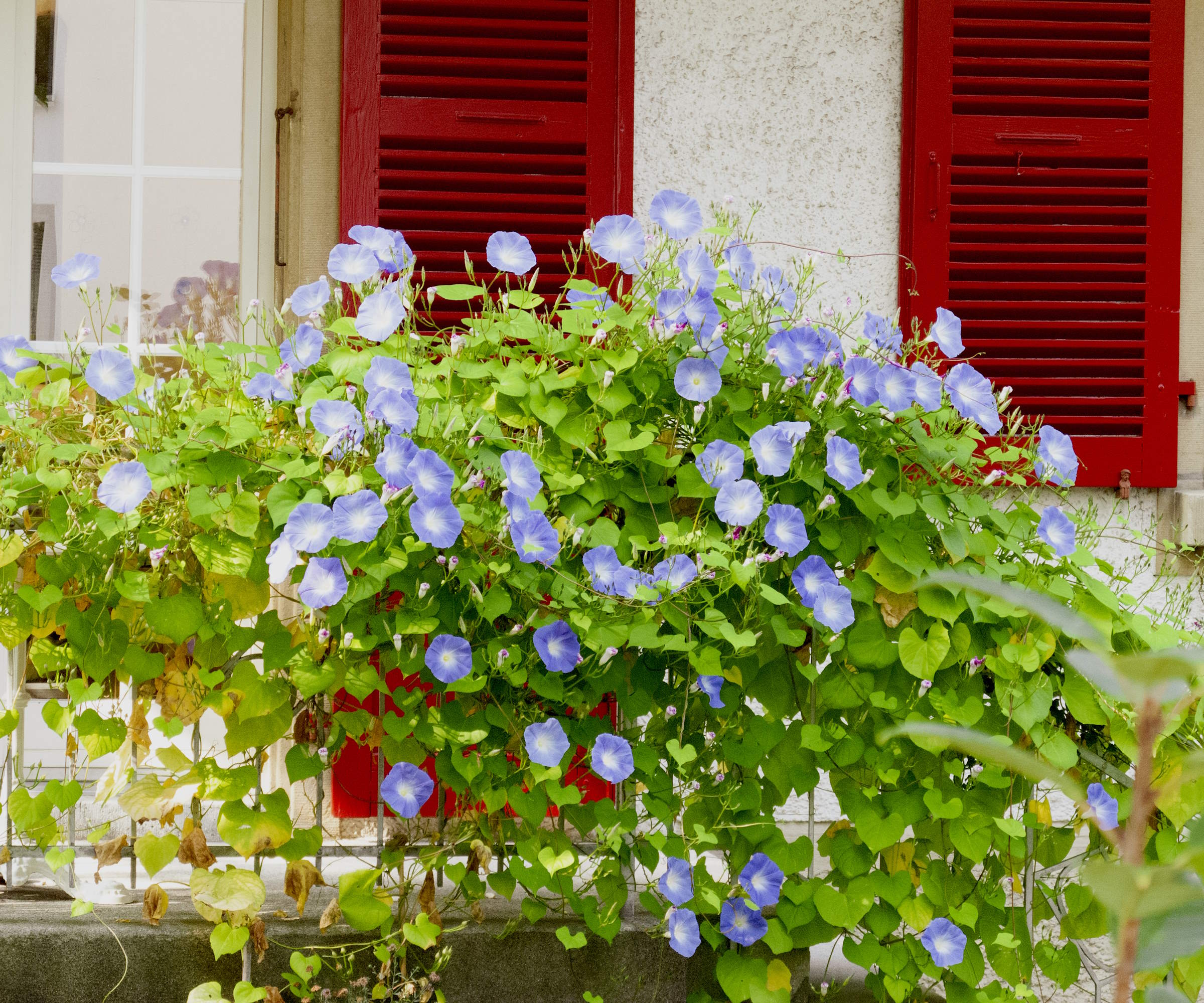
Morning glories will grow rapidly over fences and trellises
Morning glories are climbers that want a lot of sun. An ideal location would get six to eight hours of sunlight a day and be protected from strong winds.
Rebecca Sears, a gardening expert at Ferry-Morse, claims that morning glories can also grow happily in partially shaded areas. She recommends growing the plants on a fence or trellis to ‘trail beautifully and add an eye-catching element to your space’. Alternative climbing plant supports to grow morning glories on include letting them ramble up an obelisk, pergola, or arbour.
Plant morning glories into a soil type that is fertile and well-draining. Adding lots of organic matter, including compost, well-rotted manure, or leaf mold, into the soil can boost the structure, nutrient levels, and moisture-holding capacity.
Mulching around plants after planting is beneficial to retain moisture in the soil and reduce competition from weeds.
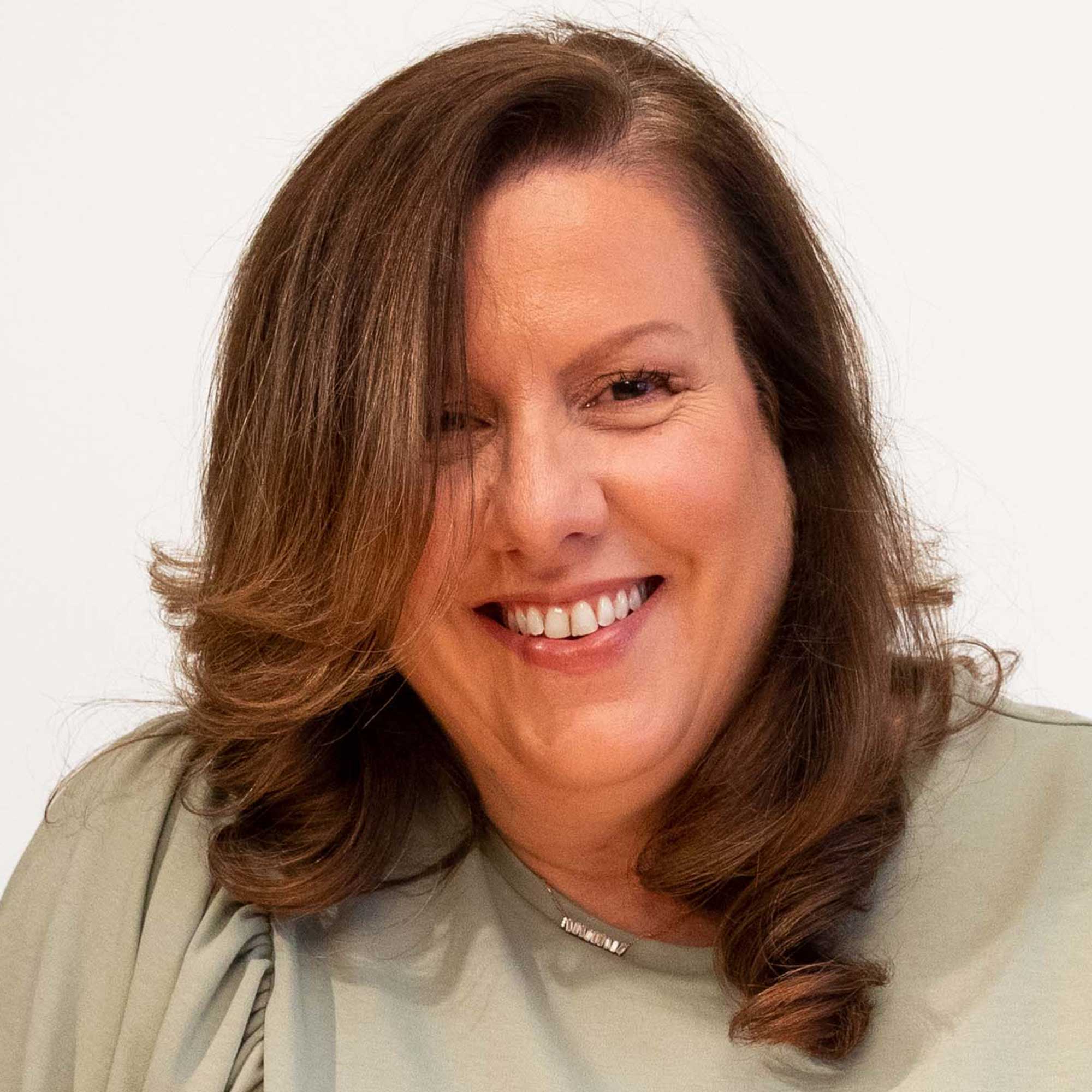
As CMO and resident green thumb for the Green Garden family of brands, Rebecca Sears nurtures the company's heritage but also looks to develop new products and solutions to help gardeners of all skill levels fuel their passion and become more successful in the garden. Rebecca has been gardening from coast to coast, first realizing her passion while living in Portland, Oregon, inspired by the public gardens throughout the city.
How to care for morning glories

The trumpet-shaped morning glory flowers come in a wide range of colors
Morning glories are fairly low-maintenance and resilient plants, though there are a few key tasks required to keep them growing healthily and putting on a fantastic display of blooms.
Watering: Plants will want regular watering after planting, but when they are established they should only need watering when dry. Rebecca Sears advises that they should be given ‘about an inch to 2 inches of water each week’ and recommends using a soil moisture meter, available at Amazon, to help you keep track of their hydration needs. Take care not to overwater plants and allow the soil to dry out between waterings, rather than keeping the soil consistently moist. Morning glories will not respond well to sitting in soggy soil for long periods.
Fertilizing: Plants will benefit from the addition of balanced slow-release fertilizer after planting to provide nutrients to get them off to a strong start. Once the plant starts flowering, a regular feed with a fertilizer high in phosphorus and potassium will help with the development of flowers. Such a feed will include liquid fertilizers designed for growing tomatoes and should be added every two weeks when you water plants. An example of such a fertilizer is this tomato plant food available at Walmart.
Training: Morning glories need a structure to climb up and it is recommended to have the support in place when planting. The climbers sprawl up the structure by twining their vines and can grow up to 10 feet in a season, so they need space to climb and develop to full size.
Deadheading: Regularly remove spent flower heads with clean and sharp pruning shears. Not only will this encourage more blooms and a longer flowering season, but it will stop the plant from self-seeding itself. Morning glories are known to self-seed prolifically around a garden and deadheading is the simplest way to avoid lots of unwanted plants germinating.
How to grow morning glory in a pot
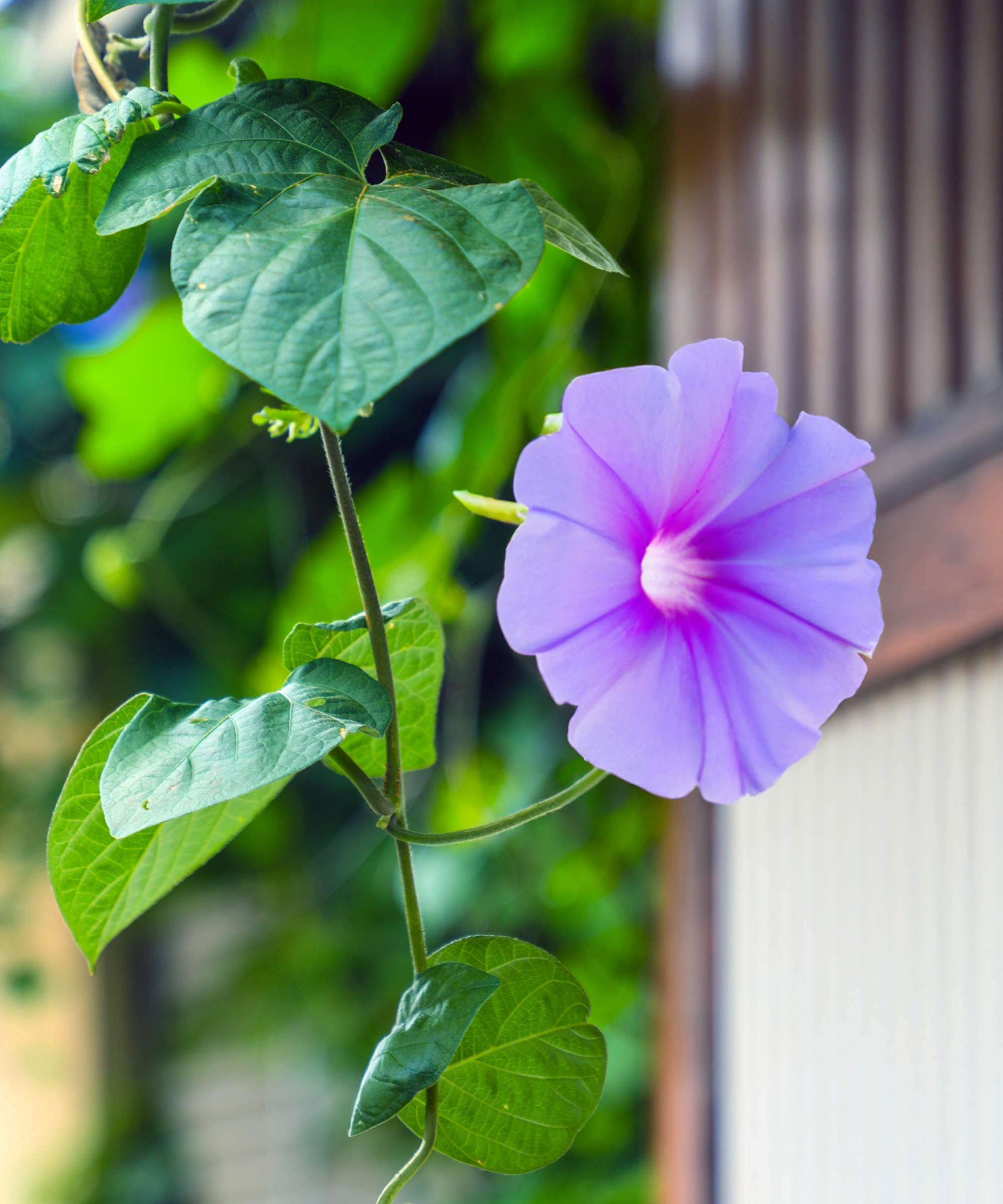
Morning glories growing in hanging baskets can be left to tumble
Morning glories are suitable for growing in a container garden and cultivating the prolific climbers in a pot is a good way to control them and prevent them from spreading. It also opens up opportunities to grow them on a deck, patio, or balcony garden as a temporary flowering screen. Morning glories can even be grown in a hanging basket and left to trail over the sides of the containers.
Rebecca Sears recommends that any container for morning glories be 18 inches or larger and filled with quality potting soil. Seeds can be sown indoors or outdoors, but the plants want to be roughly six inches apart.
Place the pot next to a trellis or support or add a structure to the container for the vines to climb. Check regularly for watering and use a liquid fertilizer every few weeks to keep them blooming.
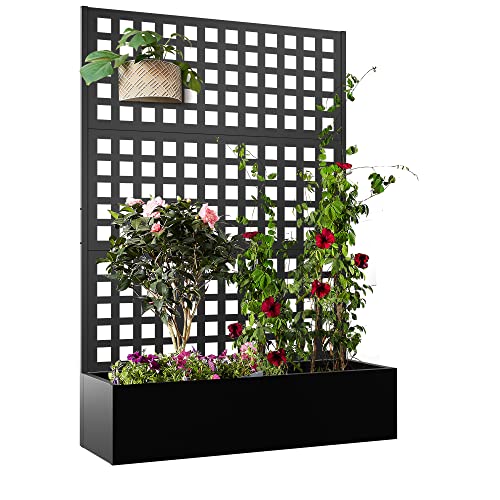
A sturdy, lightweight, and compact metal planter that can perform as a flower trellis, an outdoor privacy screen, and a raised garden bed. An ideal container in which to grow morning glories in a small space.
FAQs
Can morning glory grow indoors?
Morning glories can be grown indoors in a sunny position, such as in a porch or conservatory. There are dwarf varieties, such as cotton candy morning glory available at Burpee, that reach up to six feet in height, that are more suited to growing indoors in containers. The plant needs a very sunny spot with at least six hours of direct sunlight and LED grow lights may be required to supplement the natural lighting in some situations.
Will morning glory come back?
Morning glories are tender annual flowers that usually complete their life cycle in one season. However, they can be grown as perennials in warmer climates, such as US hardiness zones 9-11. The plants are prolific self-seeders and can return the following year if they are grown as annuals and left to set seed.
Morning glories are renowned for their self-seeding. However, if you want more control over where they may grow again you can collect seeds from the plants. These free seeds can be collected once the pods develop and become hard and brown, ready to be stored and sown again the following spring.
Sign up to the Homes & Gardens newsletter
Design expertise in your inbox – from inspiring decorating ideas and beautiful celebrity homes to practical gardening advice and shopping round-ups.

Drew’s passion for gardening started with growing vegetables and salad in raised beds in a small urban terrace garden. He has worked as a professional gardener in historic gardens and specialises in growing vegetables, fruit, herbs, and cut flowers as a kitchen gardener. That passion for growing extends to being an allotmenteer, garden blogger, and producing how-to gardening guides for websites. Drew was shortlisted for the New Talent of the Year award at the 2023 Garden Media Guild Awards.
-
 Plants never to grow next to fruit trees
Plants never to grow next to fruit treesExpert advice on which plants to keep away from fruit trees to encourage a healthy harvest
By Jacky Parker Published
-
 Martha Stewart's tips for arranging daffodils are unbelievably simple and effective – it's the only flower advice you need this springtime
Martha Stewart's tips for arranging daffodils are unbelievably simple and effective – it's the only flower advice you need this springtimeMartha shows us that we can create gorgeous bouquets of this seasonal flower by simply trimming the stems and placing them in specific vases
By Hannah Ziegler Published
